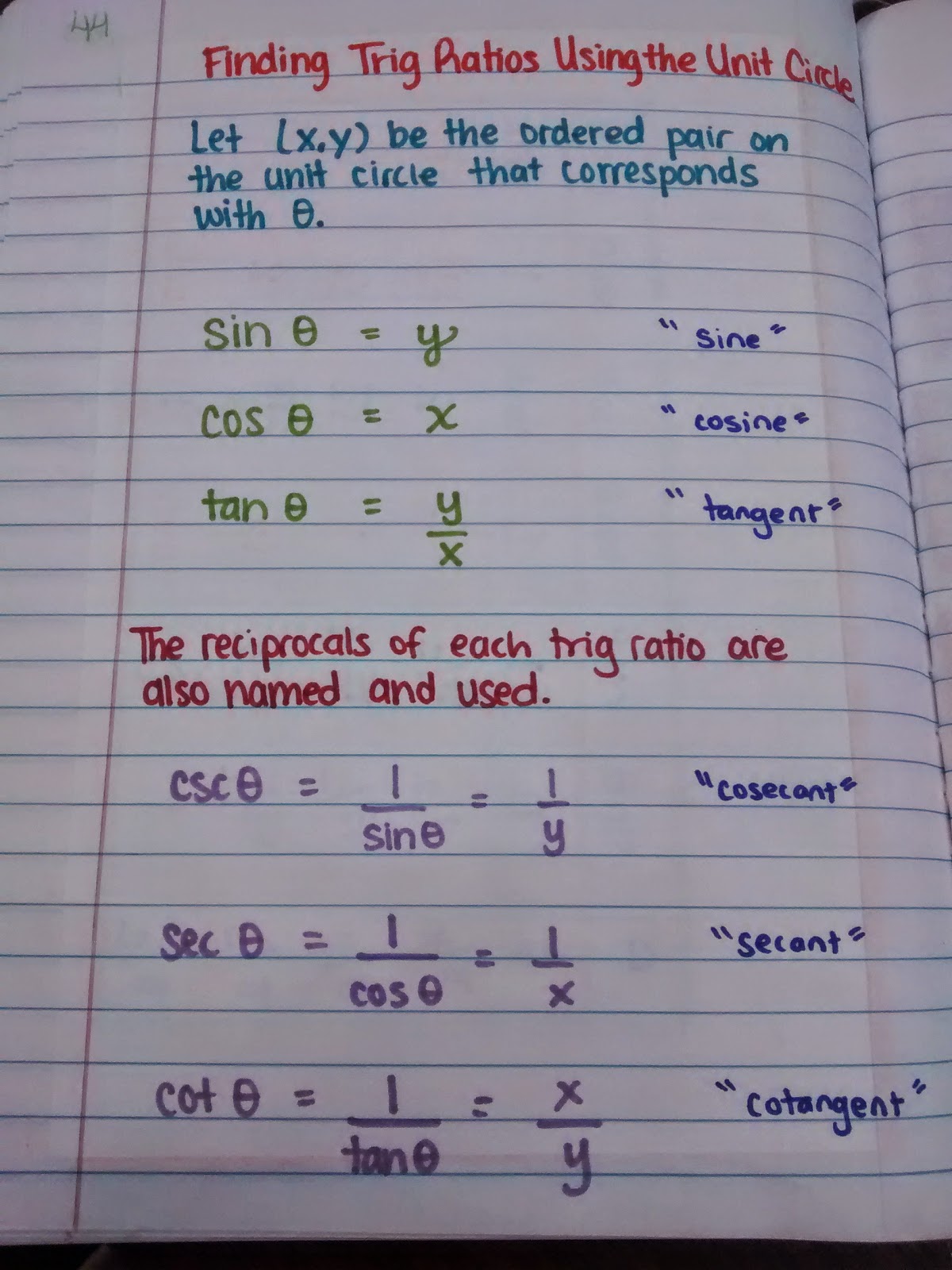


- #All students take calculus rule negative degrees professional
- #All students take calculus rule negative degrees series
#All students take calculus rule negative degrees professional
With over 14 years of professional tutoring experience, Jake is dedicated to providing his clients the very best online tutoring experience and access to a network of excellent undergraduate and graduate-level tutors from top colleges all over the nation. Jake Adams is an academic tutor and the owner of Simplifi EDU, a Santa Monica, California based online tutoring business offering learning resources and online tutors for academic subjects K-College, SAT & ACT prep, and college admissions applications. For real number x, the notations sin x, cos x, etc.This article was co-authored by Jake Adams and by wikiHow staff writer, Danielle Blinka, MA, MPA. When radians (rad) are employed, the angle is given as the length of the arc of the unit circle subtended by it: the angle that subtends an arc of length 1 on the unit circle is 1 rad (≈ 57.3°), and a complete turn (360°) is an angle of 2 π (≈ 6.28) rad.

Thus, in settings beyond elementary geometry, radians are regarded as the mathematically natural unit for describing angle measures. Moreover, these definitions result in simple expressions for the derivatives and indefinite integrals for the trigonometric functions. It can be proved, for real arguments, that these definitions coincide with elementary geometric definitions if the argument is regarded as an angle given in radians. The other four trigonometric functions ( tan, cot, sec, csc) can be defined as quotients and reciprocals of sin and cos, except where zero occurs in the denominator. In fact, the functions sin and cos can be defined for all complex numbers in terms of the exponential function, via power series, or as solutions to differential equations given particular initial values ( see below), without reference to any geometric notions. However, in calculus and mathematical analysis, the trigonometric functions are generally regarded more abstractly as functions of real or complex numbers, rather than angles. One common unit is degrees, in which a right angle is 90° and a complete turn is 360° (particularly in elementary mathematics).

For this purpose, any angular unit is convenient. In geometric applications, the argument of a trigonometric function is generally the measure of an angle. Parentheses are still often omitted to reduce clutter, but are sometimes necessary for example the expression sin x + y Historically, these abbreviations were first used in prose sentences to indicate particular line segments or their lengths related to an arc of an arbitrary circle, and later to indicate ratios of lengths, but as the function concept developed in the 17th–18th century, they began to be considered as functions of real-number-valued angle measures, and written with functional notation, for example sin( x). Today, the most common versions of these abbreviations are "sin" for sine, "cos" for cosine, "tan" or "tg" for tangent, "sec" for secant, "csc" or "cosec" for cosecant, and "cot" or "ctg" for cotangent. This allows extending the domain of sine and cosine functions to the whole complex plane, and the domain of the other trigonometric functions to the complex plane with some isolated points removed.Ĭonventionally, an abbreviation of each trigonometric function's name is used as its symbol in formulas.
#All students take calculus rule negative degrees series
Modern definitions express trigonometric functions as infinite series or as solutions of differential equations. To extend the sine and cosine functions to functions whose domain is the whole real line, geometrical definitions using the standard unit circle (i.e., a circle with radius 1 unit) are often used then the domain of the other functions is the real line with some isolated points removed. The oldest definitions of trigonometric functions, related to right-angle triangles, define them only for acute angles. Each of these six trigonometric functions has a corresponding inverse function, and an analog among the hyperbolic functions. Their reciprocals are respectively the cosecant, the secant, and the cotangent, which are less used. The trigonometric functions most widely used in modern mathematics are the sine, the cosine, and the tangent. They are among the simplest periodic functions, and as such are also widely used for studying periodic phenomena through Fourier analysis. They are widely used in all sciences that are related to geometry, such as navigation, solid mechanics, celestial mechanics, geodesy, and many others. In mathematics, the trigonometric functions (also called circular functions, angle functions or goniometric functions ) are real functions which relate an angle of a right-angled triangle to ratios of two side lengths. Basis of trigonometry: if two right triangles have equal acute angles, they are similar, so their side lengths are proportional.


 0 kommentar(er)
0 kommentar(er)
